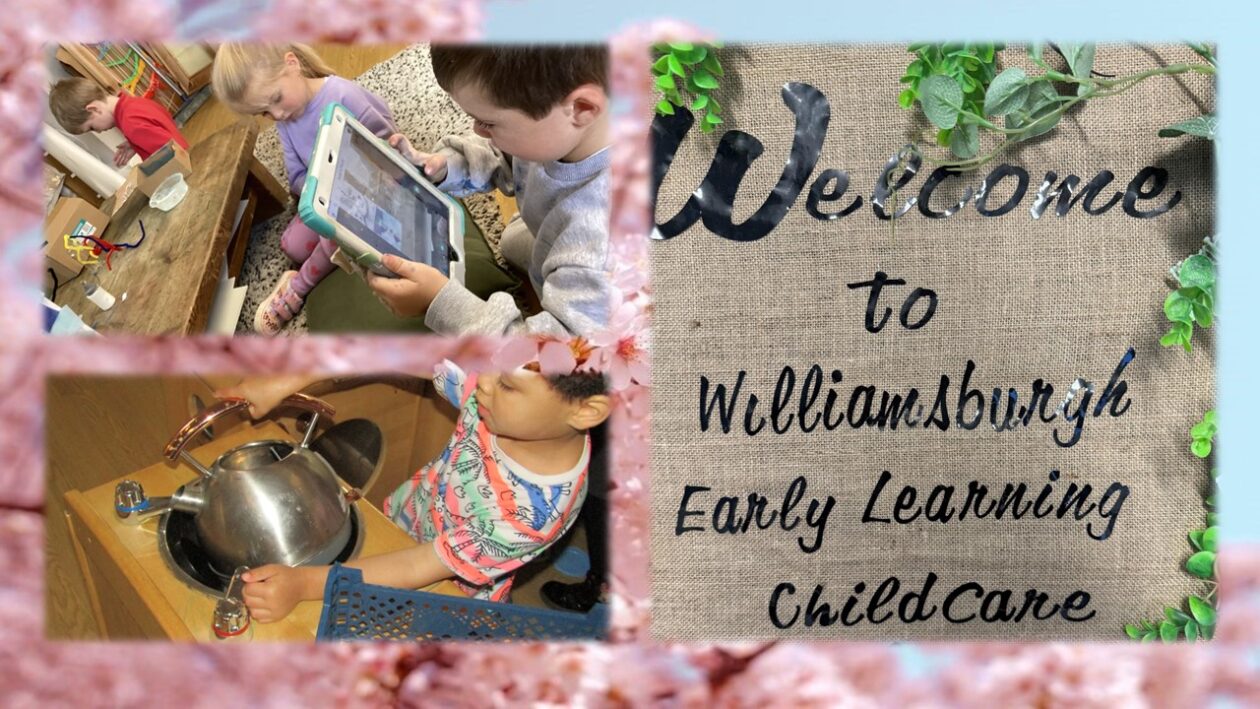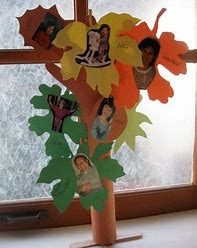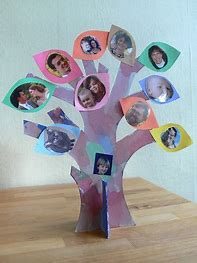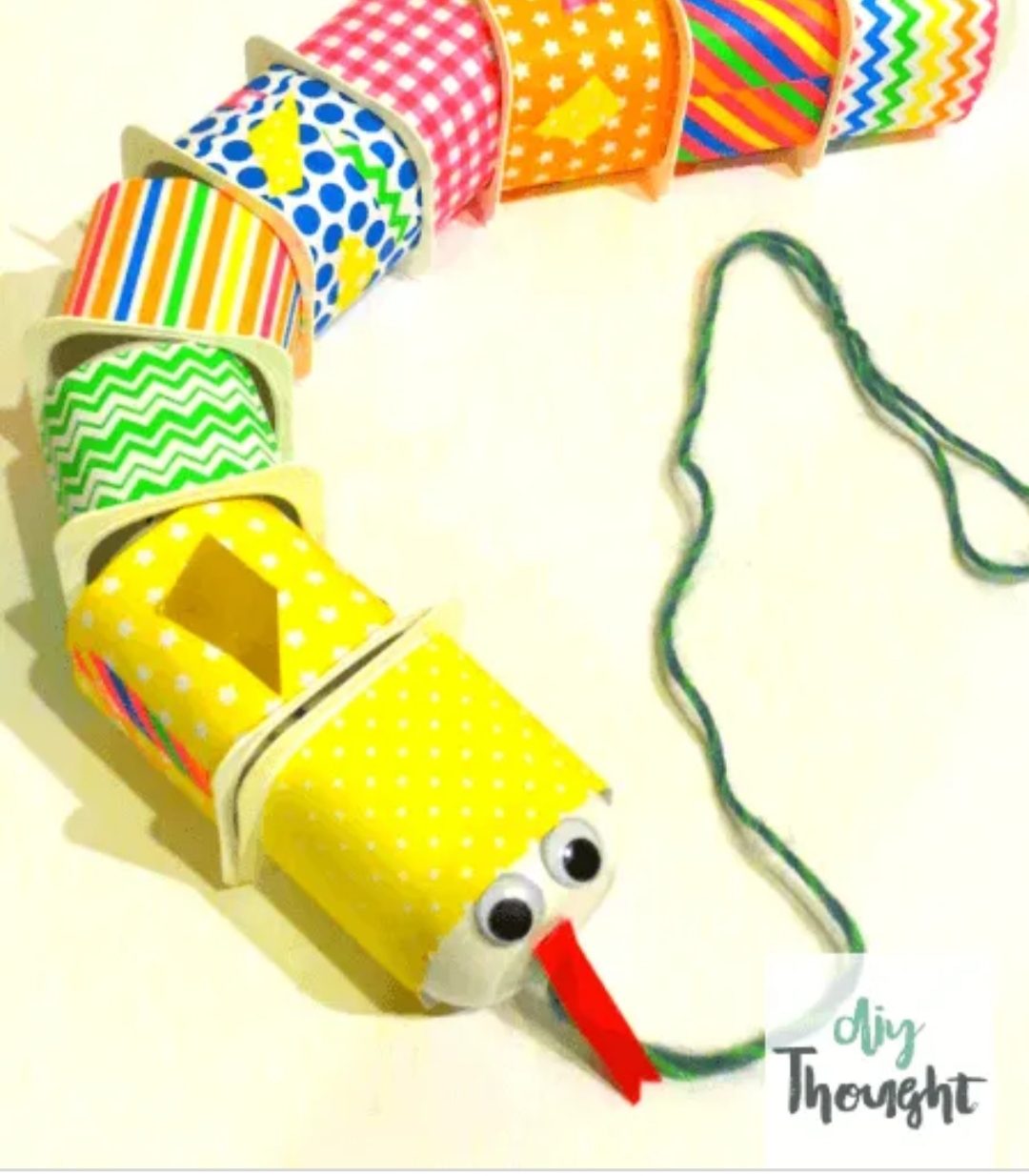At this time, many of us are missing seeing family members and I bet they are missing us too. It is sad but why not take the time to learn more about these important family members. Lets make our very own family trees, these will all be very individual to each child/family and can be made in many different ways.
Some of the staff might join in too.
Here are some examples that I have found just by searching family trees made by children…
This Is something that you can take your time with and work on over a few days/weeks.
Think about;
- Name each family member who you would like to have in your family tree… Remember this is just for fun.
- Who they are to you for example gran, uncle, cousin
- Their age if you know it (if not why not give them a phone and ask them some of these questions?)
- What is your favourite thing to do with that person
- What is your favourite thing about this person for example they make you laugh, their hair, they bring you to nursery, they sing songs with me.
- You can add photographs or drawings of these and add them too.
Any other ideas?
Big ones who might be helping…
As you can see from the images there are many different ways to create these, please do not challenge yourself too much use the materials you have at home and give your children as much independence as possible. This can be a good time to help build your child’s confidence, literacy skills and numeracy skills.
- Write out names for them to copy.
- drawing pictures of family members, 2 eyes, a mouth, hair colour
- count how many family members to include, possible using a different leaf for each.
- collect sticks and leaves from outdoors.
Have fun. We are excited and cannot wait to see your family trees.
We are missing you all.















